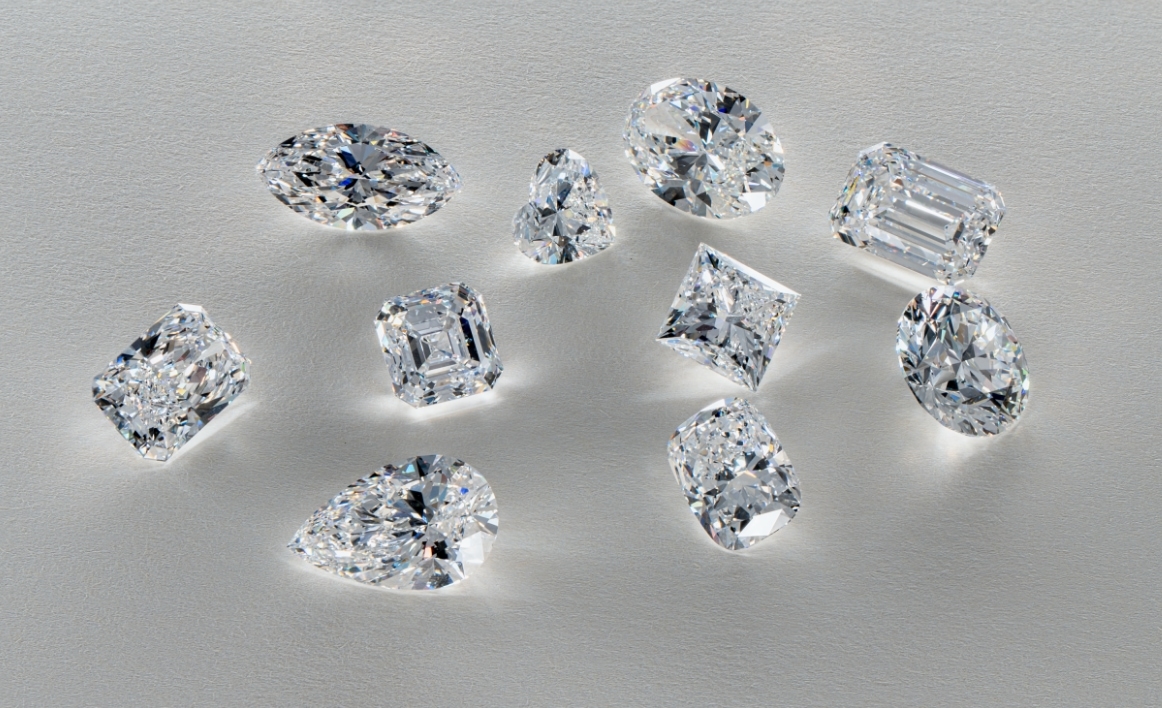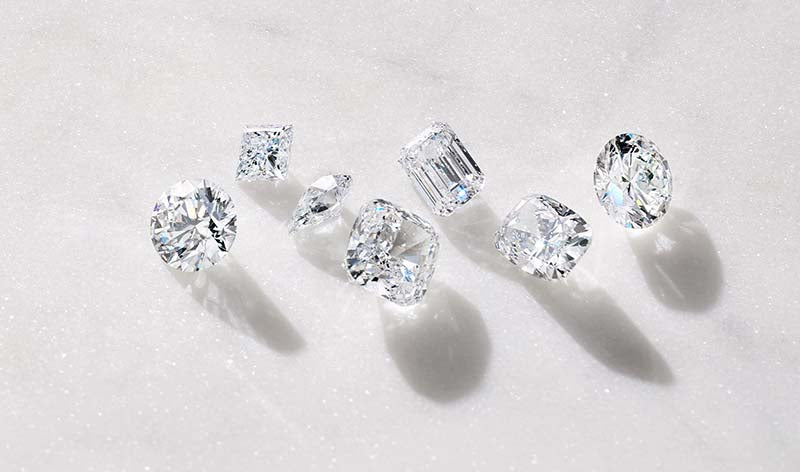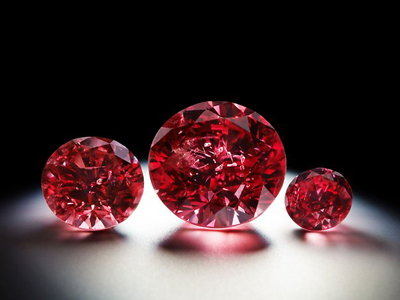Lab-Grown Diamonds: The Sustainable and Ethical Choice

In recent years, lab-grown diamonds have emerged as a leading choice for consumers seeking ethical, sustainable, and high-quality alternatives to mined diamonds. This revolutionary shift in the diamond industry is driven by advancements in technology and a growing awareness of environmental and ethical concerns associated with traditional diamond mining.
Understanding Lab-Grown Diamonds
Lab-grown diamonds, also known as synthetic or cultured diamonds, are created in controlled laboratory environments rather than being mined from the earth. These diamonds have the same physical, chemical, and optical properties as natural diamonds, making them indistinguishable to the naked eye.
The Science Behind Lab-Grown Diamonds
Lab-grown diamonds are produced using two main methods: High-Pressure High-Temperature (HPHT) and Chemical Vapor Deposition (CVD). In the HPHT method, carbon is subjected to extreme pressure and temperature mimicking the conditions deep within the earth’s crust where natural diamonds form. In the CVD method, a diamond seed is exposed to a carbon-rich gas, causing carbon atoms to accumulate and form a diamond crystal.
Benefits of Lab-Grown Diamonds
One of the primary benefits of lab grown diamonds the #1 choice is their minimal environmental impact. Unlike traditional diamond mining, which involves extensive land disruption and energy-intensive processes, lab-grown diamonds require significantly fewer resources and produce lower carbon emissions.
From an ethical standpoint, lab-grown diamonds are free from the human rights abuses and conflict associated with some mined diamonds. By choosing lab-grown diamonds, consumers can support transparent and socially responsible practices within the diamond industry.
In terms of quality and value, lab-grown diamonds offer exceptional purity and brilliance comparable to the finest natural diamonds. Additionally, lab-grown diamonds are typically priced lower than their mined counterparts, making them a cost-effective option for consumers without compromising on quality.
Comparing Lab-Grown vs. Mined Diamonds
When comparing lab-grown and mined diamonds, several key factors come into play. Firstly, the price point of lab-grown diamonds is generally lower than that of mined diamonds, making them more accessible to a broader range of consumers. However, this lower price does not reflect a compromise in quality, as lab-grown diamonds exhibit the same purity and brilliance as natural diamonds.
In terms of sustainability, lab-grown diamonds have a significantly smaller environmental footprint compared to mined diamonds. The process of diamond mining involves extensive land disturbance, habitat destruction, and the use of large amounts of water and energy. In contrast, lab-grown diamonds require minimal land and water usage and produce negligible carbon emissions.
Common Myths About Lab-Grown Diamonds
Despite their numerous benefits, lab-grown diamonds are often subject to misconceptions and myths. One common myth is that lab-grown diamonds lack the brilliance and durability of natural diamonds. In reality, lab-grown diamonds possess the same optical properties and hardness as mined diamonds, ensuring their longevity and beauty.
Another myth is that lab-grown diamonds are limited in availability. However, advancements in technology have made lab-grown diamonds more accessible than ever before, with a wide range of sizes, shapes, and qualities available to consumers.
A third myth is that lab-grown diamonds are not “real” diamonds. This misconception stems from the belief that only diamonds formed naturally in the earth are authentic. In truth, lab-grown diamonds are chemically and structurally identical to natural diamonds, making them genuine gemstones in every sense of the word.
How Lab-Grown Diamonds are Made
As mentioned earlier, lab-grown diamonds are created using two primary methods: High-Pressure High-Temperature (HPHT) and Chemical Vapor Deposition (CVD). In the HPHT method, a small diamond seed is placed in a carbon-rich environment and subjected to extreme pressure and temperature, causing carbon atoms to bond and form a larger diamond crystal. In the CVD method, a diamond seed is exposed to a plasma of carbon-rich gases, allowing carbon atoms to deposit and crystallize on the seed, gradually building up the diamond’s structure.
Applications of Lab-Grown Diamonds
Lab-grown diamonds have a wide range of applications beyond traditional jewelry. Due to their exceptional hardness and thermal conductivity, lab-grown diamonds are used in various industrial processes, including cutting tools, heat sinks, and high-performance electronics.
In the realm of jewelry, lab grown diamonds offer endless possibilities for designers and consumers alike. From classic engagement rings to modern fashion pieces, lab-grown diamonds provide a sustainable and ethically sourced alternative to mined diamonds without sacrificing style or quality.
Consumer Confidence and Acceptance
As consumer awareness of ethical and environmental issues continues to grow, the demand for lab-grown diamonds is on the rise. Celebrities and influencers are increasingly choosing lab-grown diamonds for their engagement rings and red carpet appearances, further driving acceptance and normalization of these sustainable alternatives.
The Future of Lab-Grown Diamonds
The future looks bright for the lab-grown diamond industry, with ongoing technological advancements and increasing consumer demand driving market growth and accessibility. As sustainability and ethical considerations become more prominent in consumer purchasing decisions, lab-grown diamonds are poised to become the number one choice for conscientious shoppers worldwide.
Conclusion
In conclusion, lab-grown diamonds represent the future of the diamond industry, offering consumers a sustainable, ethical, and high-quality alternative to mined diamonds. With their identical physical and chemical properties, lab-grown diamonds are indistinguishable from natural diamonds, making them the perfect choice for eco-conscious and socially responsible individuals.



